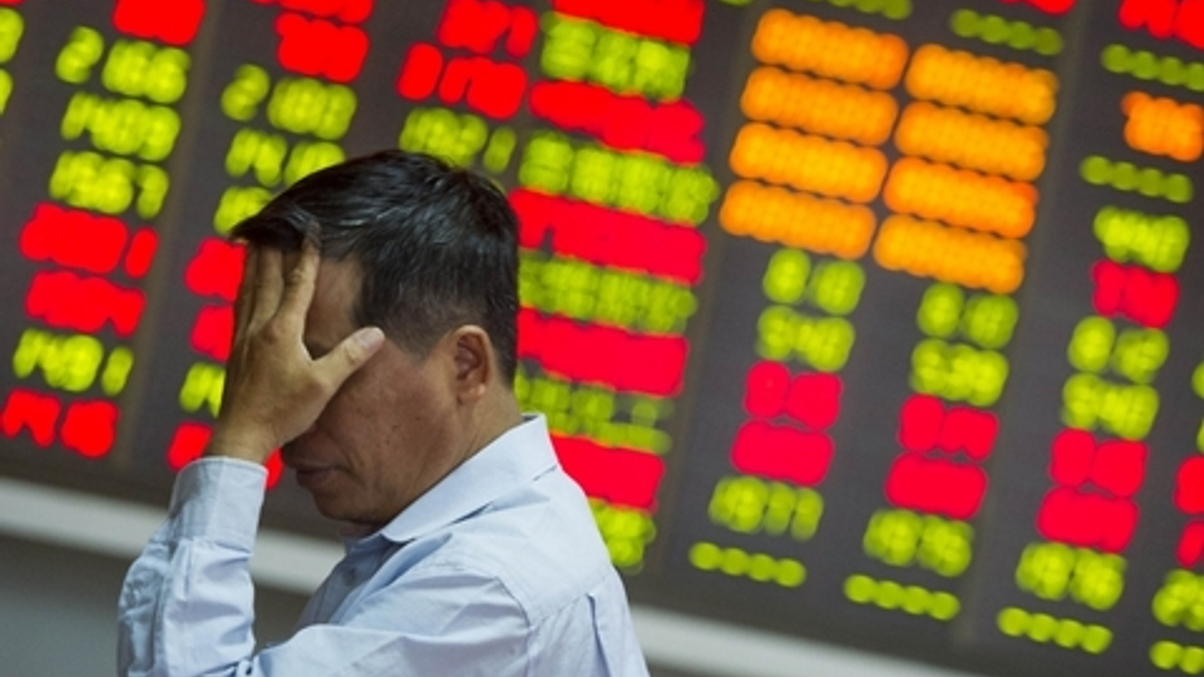China hedge funds face gloomy outlook
Amid 18 months of poor performance, China-focused strategies have suffered heavy outflows and will likely continue to see low demand this year, says eVestment's head of research.

China-focused hedge funds had a terrible 2016 in terms of both performance and asset flows and are unlikely to see demand return soon, according to research firm eVestment.
Sign in to read on!
Registered users get 2 free articles in 30 days.
Subscribers have full unlimited access to AsianInvestor
Not signed up? New users get 2 free articles per month, plus a 7-day unlimited free trial.
¬ Haymarket Media Limited. All rights reserved.


